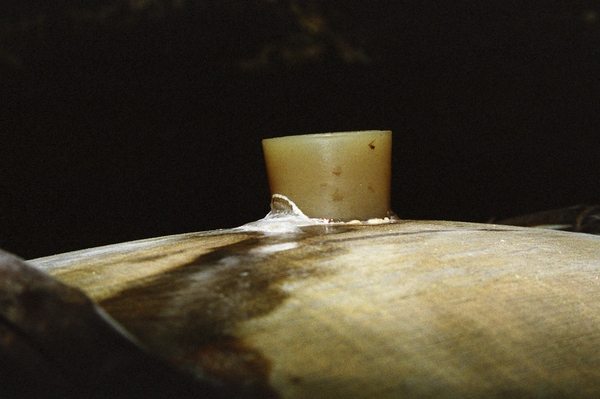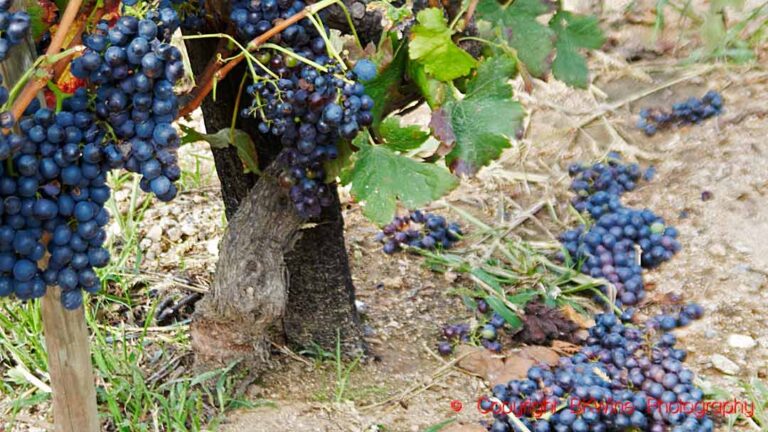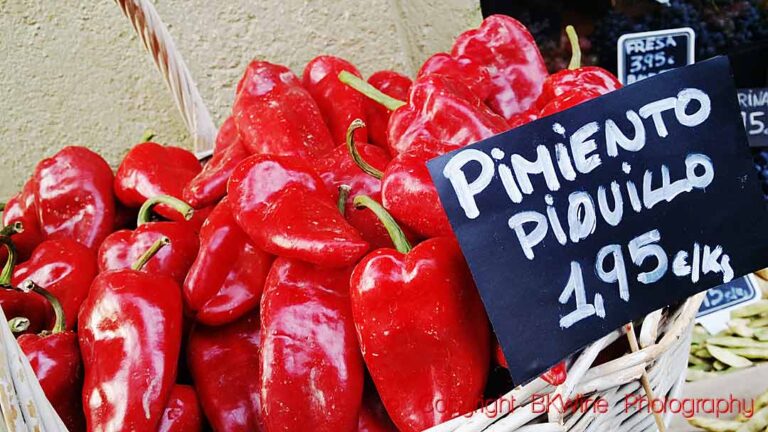There are many different types of microbes (minuscule organisms) that contribute to making the wine into what it is. Many of them are desirable and even essential to the making of a wine. some only exist during the vinification process while other may survive into the bottled wine.
Many microbes have been studied in detail and it is well understood what they do, but for others their roles and effects are less clear. And in many cases it is not a clear cut answer if they are good or bad. Some may be both good and bad, depending on the situation and depending on your tastes. As often in the wine world things are not so easy as black and white.

Erika Szymanski has compiled a very interesting list on Palate Press with ten interesting little beasts:
Saccharomyces cerevisiae – the common yeast
Oenococcus oeni (or Leuconostoc oenos) – a lactic acid bacteria that contributes to the malolactic fermentation (the “second” fermentation)
Lactobacillus – a different kind of lactic acid bacteria
Schizosaccharomyces pombe – a type of yeast that can reduce the acidity
Brettanomyces – a yeast that in recent years have become famous (or trendy) among wine geeks. Some think it is an undisputed fault if there is “brett” in the wine while others think it can give an added dimension to the wine
Pediococcus – in most cases an unwelcome bacteria but that can perhaps also add complexity
Acetobacter – the well-known acetic acid bacteria that may turn your wine to vinegar or give it a touch of volatile acidity (VA), which in small doses can be a good thing in some wines
Kloeckera (eller Hanseniaspora) – another common yeast strain
Botrytis cinerea – On more familiar name, responsible for the very desirable noble rot or the dreaded grey rot, depending on the circumstances
Flor – a collective name for various microbes that produces a thin film on some sherry wines in cask (as well as some other wines) giving them a very distinct character
Read the full article by Erika Szymanski on Palate Press Top Ten Microbes in Your Wine and her blog The Wine-o-Scope









